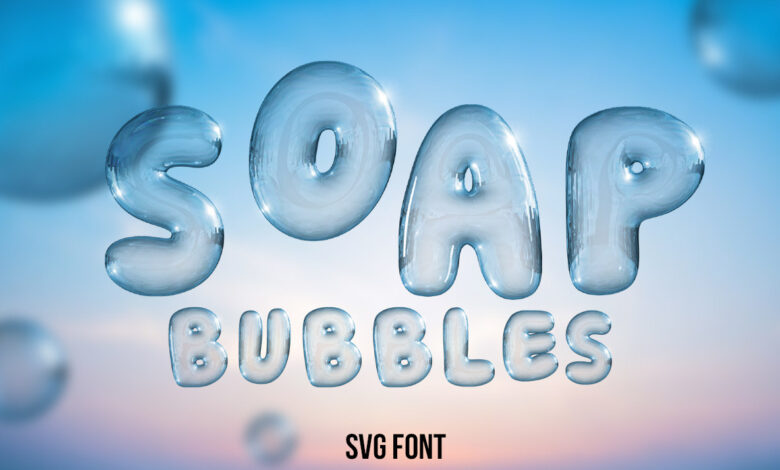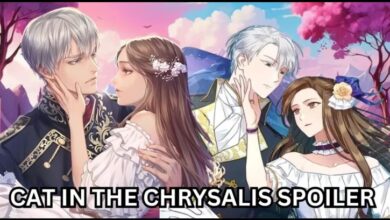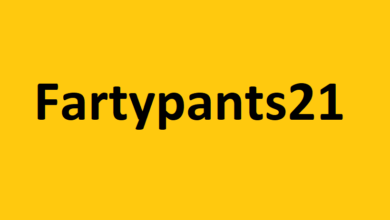Exploring the Charm of Bubble Fonts: A Comprehensive Guide

In the realm of typography, bubble fonts stand out as playful and whimsical, capturing attention with their rounded edges and cheerful demeanor. From vintage designs to modern digital creations, bubble fonts have evolved over the years, leaving a mark on various forms of visual communication. Let’s delve into the fascinating world of bubble fonts, uncovering their history, design principles, applications, and future trends.
A Brief History of Bubble Fonts
Bubble fonts, also known as bubble lettering or bubblegum fonts, have roots that trace back to mid-20th century graffiti culture in urban areas. Originally hand-drawn with thick outlines and filled with vibrant colors, these bubbly letters adorned walls and train cars, serving as bold statements of artistic expression. The style gained popularity in the 1970s and 1980s, becoming synonymous with youth culture and street art.
Definition and Characteristics of Bubble Fonts
Bubble fonts are characterized by their rounded shapes and soft edges, mimicking the appearance of bubbles or balloons. Unlike traditional serif or sans-serif fonts, bubble fonts eschew sharp angles in favor of smooth curves, lending a friendly and approachable vibe to any text they adorn. Whether used in print or digital media, bubble fonts add a touch of whimsy and nostalgia to design projects, invoking feelings of joy and playfulness.
Evolution of Bubble Fonts in Design
Over time, bubble fonts have undergone a transformation, adapting to the changing landscape of design and technology. What once started as hand-drawn graffiti has now evolved into a diverse array of digital typefaces, spanning classic styles reminiscent of retro comic books to sleek and futuristic iterations suited for modern web interfaces. Designers continue to push the boundaries of bubble font design, experimenting with new techniques and effects to create visually captivating typography.
Types of Bubble Fonts
Bubble fonts come in various styles, each offering a unique aesthetic appeal and versatility in design applications.
Classic Bubble Fonts
Classic bubble fonts harken back to the golden age of comic books and pop art, featuring bold outlines and vibrant colors reminiscent of retro signage and advertising. These timeless typefaces evoke a sense of nostalgia, making them popular choices for branding and advertising campaigns seeking to capture the essence of vintage Americana.
Modern Bubble Fonts
Modern bubble fonts combine the playful charm of classic designs with contemporary sensibilities, offering a fresh take on traditional lettering styles. These fonts often feature sleeker outlines and minimalist aesthetics, making them well-suited for digital media and web design projects aiming for a clean and polished look.
Handwritten Bubble Fonts
Handwritten bubble fonts add a personal touch to design projects, mimicking the imperfect imperfections of human handwriting. These fonts exude warmth and authenticity, making them ideal for personal branding, greeting cards, and other creative endeavors where a personal connection is desired.
3D Bubble Fonts
3D bubble fonts take typography to new heights, quite literally, by adding depth and dimension to letterforms. These fonts utilize shading and perspective to create realistic-looking bubbles that seem to pop off the page or screen, making them popular choices for logo design, signage, and motion graphics.
Design Principles of Bubble Fonts
While bubble fonts are undeniably fun and eye-catching, designing with them requires careful consideration of several key principles to ensure optimal readability and visual appeal.
Legibility vs Aesthetics: Finding the Balance
One of the primary challenges of using bubble fonts is striking the right balance between legibility and aesthetics. While it’s tempting to prioritize style over readability, it’s essential to ensure that text remains clear and easy to read, especially in longer passages or smaller font sizes. Experiment with different weights, spacing, and color combinations to find the perfect balance between form and function.
Understanding Typography Basics
To effectively use bubble fonts in design, it’s essential to have a solid understanding of typography basics, including kerning, leading, and hierarchy. Pay attention to spacing between letters and lines, ensuring that text is well-balanced and harmonious. Additionally, consider the emotional impact of different typefaces and how they resonate with your target audience.
Color Considerations in Bubble Fonts
Color plays a crucial role in the effectiveness of bubble fonts, as vibrant hues can enhance their playful appeal and grab attention. When choosing colors for bubble fonts, consider the overall mood and tone of your design, as well as any branding guidelines or color palettes you need to adhere to. Experiment with bold contrasts and subtle gradients to create visual interest and depth.
Applications of Bubble Fonts
Bubble fonts find applications across a wide range of design disciplines, from graphic design and advertising to web design and packaging.
Graphic Design
In graphic design, bubble fonts are often used to create eye-catching headlines, logos, and posters that command attention and leave a lasting impression. Whether it’s promoting a product or conveying a message, bubble fonts add a touch of personality and whimsy to design projects, helping brands stand out in a crowded marketplace.
Advertising and Branding
In the world of advertising and branding, bubble fonts are powerful tools for creating memorable and recognizable identities. Whether it’s a playful children’s brand or a trendy café looking to appeal to millennials, bubble fonts can help convey the right tone and personality, establishing a strong visual presence that resonates with target audiences.
Web Design
In web design, bubble fonts are used to enhance user experience and create engaging interfaces that encourage interaction and exploration. Whether it’s designing a fun and interactive landing page or adding personality to a blog post, bubble fonts can inject a sense of whimsy and charm into digital experiences, making them more enjoyable and memorable for users.
Packaging Design
In packaging design, bubble fonts play a crucial role in catching the consumer’s eye and communicating the essence of a product. Whether it’s a vibrant candy wrapper or a playful cereal box, bubble fonts can help convey the flavor, personality, and brand story, enticing customers to make a purchase and engage with the product.
Creating Bubble Fonts
With the rise of digital tools and software, creating bubble fonts has never been easier or more accessible. Whether you’re a seasoned designer or a novice enthusiast, there are plenty of resources and tutorials available to help you bring your bubble font ideas to life.
Tools and Software for Designing Bubble Fonts
Several tools and software programs are specifically designed for creating and customizing bubble fonts, ranging from industry-standard graphic design software to specialized typography tools. Whether you prefer Adobe Illustrator, FontForge, or online font generators like FontStruct, there’s a tool out there to suit your needs and skill level.




